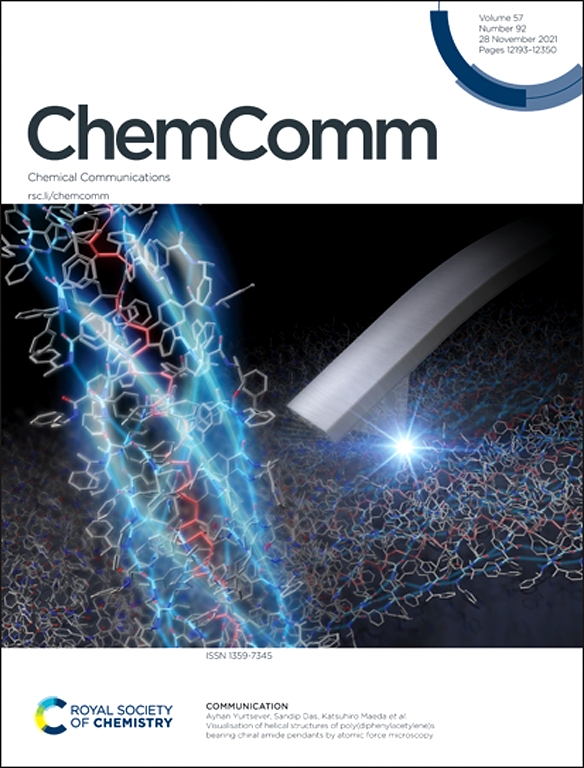生物乙醇转化为燃料级生物丁醇的均相分子催化研究进展。
IF 4.2
2区 化学
Q2 CHEMISTRY, MULTIDISCIPLINARY
引用次数: 0
摘要
将乙醇升级为正丁醇标志着生物燃料技术领域的重大突破,提供了与现有基础设施兼容的优势,同时在运输效率和能量密度方面提供了潜在的好处。与乙醇相比,正丁醇的蒸气压更低,腐蚀性也更低,因此它不仅更容易管理,而且更容易运输,不需要昂贵的基础设施改造。这导致提高燃油效率和减少燃料消耗。这些特性使正丁醇成为未来生物柴油中乙醇的一个很有前途的替代品。这篇综述文章深入探讨了将乙醇转化为丁醇的最新进展,强调了这一转变对提高生物燃料的价值和实际应用的重要性。制造丁醇的传统方法严重依赖化石燃料,而以乙醇为起始原料的方法主要是多相催化,这受到高温要求和缺乏选择性的限制。均相催化剂在提高这种转化的效率和选择性方面起着关键作用,因为它们在分子水平上具有独特的操作模式。本文全面回顾了从原料不可知的生物乙醇到燃料级生物正丁醇的各种均相催化过程,重点介绍了催化剂设计、反应条件和机制方面的关键进展,这些进展显著提高了这些格贝特反应的效率和选择性。本文章由计算机程序翻译,如有差异,请以英文原文为准。

State-of-the-art advances in homogeneous molecular catalysis for the Guerbet upgrading of bio-ethanol to fuel-grade bio-butanol
The upgrading of ethanol to n-butanol marks a major breakthrough in the field of biofuel technology, offering the advantages of compatibility with existing infrastructure while simultaneously offering potential benefits in terms of transport efficiency and energy density. With its lower vapour pressure and reduced corrosiveness compared to ethanol, n-butanol is easier not only to manage but also to transport, eliminating the need for costly infrastructure changes. This leads to improved fuel efficiency and reduced fuel consumption. These features position n-butanol as a promising alternative to ethanol in the future of biodiesel. This review article delves into the cutting-edge advancements in upgrading ethanol to butanol, highlighting the critical importance of this transformation in enhancing the value and practical application of biofuels. While traditional methods for making butanol rely heavily on fossil fuels, those that employ ethanol as a starting material are dominated by heterogeneous catalysis, which is limited by the requirement of high temperatures and a lack of selectivity. Homogeneous catalysts have been pivotal in enhancing the efficiency and selectivity of this conversion, owing to their unique mode of operation at the molecular level. A comprehensive review of the various homogeneous catalytic processes employed in the transformation of feedstock-agnostic bio-ethanol to fuel-grade bio-n-butanol is provided here, with a major focus on the key advancements in catalyst design, reaction conditions and mechanisms that have significantly improved the efficiency and selectivity of these Guerbet reactions.
求助全文
通过发布文献求助,成功后即可免费获取论文全文。
去求助
来源期刊

Chemical Communications
化学-化学综合
CiteScore
8.60
自引率
4.10%
发文量
2705
审稿时长
1.4 months
期刊介绍:
ChemComm (Chemical Communications) is renowned as the fastest publisher of articles providing information on new avenues of research, drawn from all the world''s major areas of chemical research.
 求助内容:
求助内容: 应助结果提醒方式:
应助结果提醒方式:


